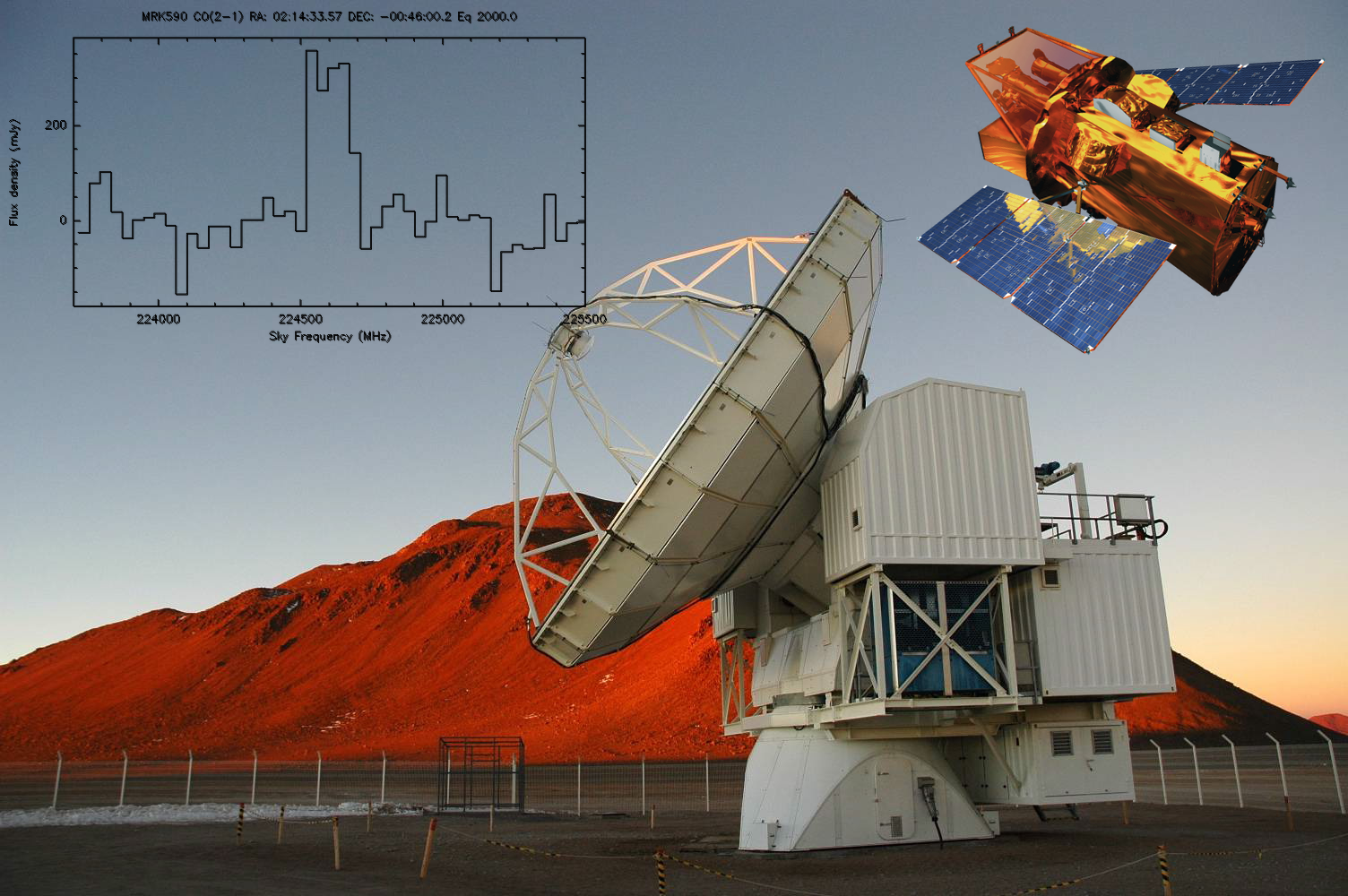News and Updates
First data release of the Burst Alert Telescope AGN legacy survey of molecular gas fueling in powerful nearby AGN
Published: 02 Feb 2022
First data release from the ESO VISTA Public Survey - Southern H-ATLAS Regions in Ks-band (SHARKS)
Published: 31 Jan 2022
New Gaia-ESO radial velocity catalogue released (DR4.1)
Published: 25 Oct 2021
VVVX DR1.1 published: releasing the entire Ks time series
Published: 20 Oct 2021
Second imaging data release from the VISTA Cycle 2 ESO Public Survey VVVX
Published: 15 Sep 2021
CONCERTO commissioning data released
Published: 09 Sep 2021
New features of the ESO science archive's programmatic access layer
Published: 24 Aug 2021
Third and final data release of the Large Early Galaxy Census (LEGA-C) Spectroscopic Public Survey published
Published: 30 Jul 2021
Third release of the PESSTO multi-epoch catalogue
Published: 28 Jul 2021
First Data Release of the PHANGS-MUSE large programme
Published: 16 Jul 2021
« Previous
1
| 2
| 3
| 4
| 5
| 6
| 7
| 8
| 9
| 10
| 11
| 12
| 13
| 14
| 15
| 16
| 17
| 18
| 19
| 20
| 21
| 22
| 23
| 24
| 25
| 26
| 27
| 28
| 29
| 30
Next »
Showing 51 to 60 of 296 news


